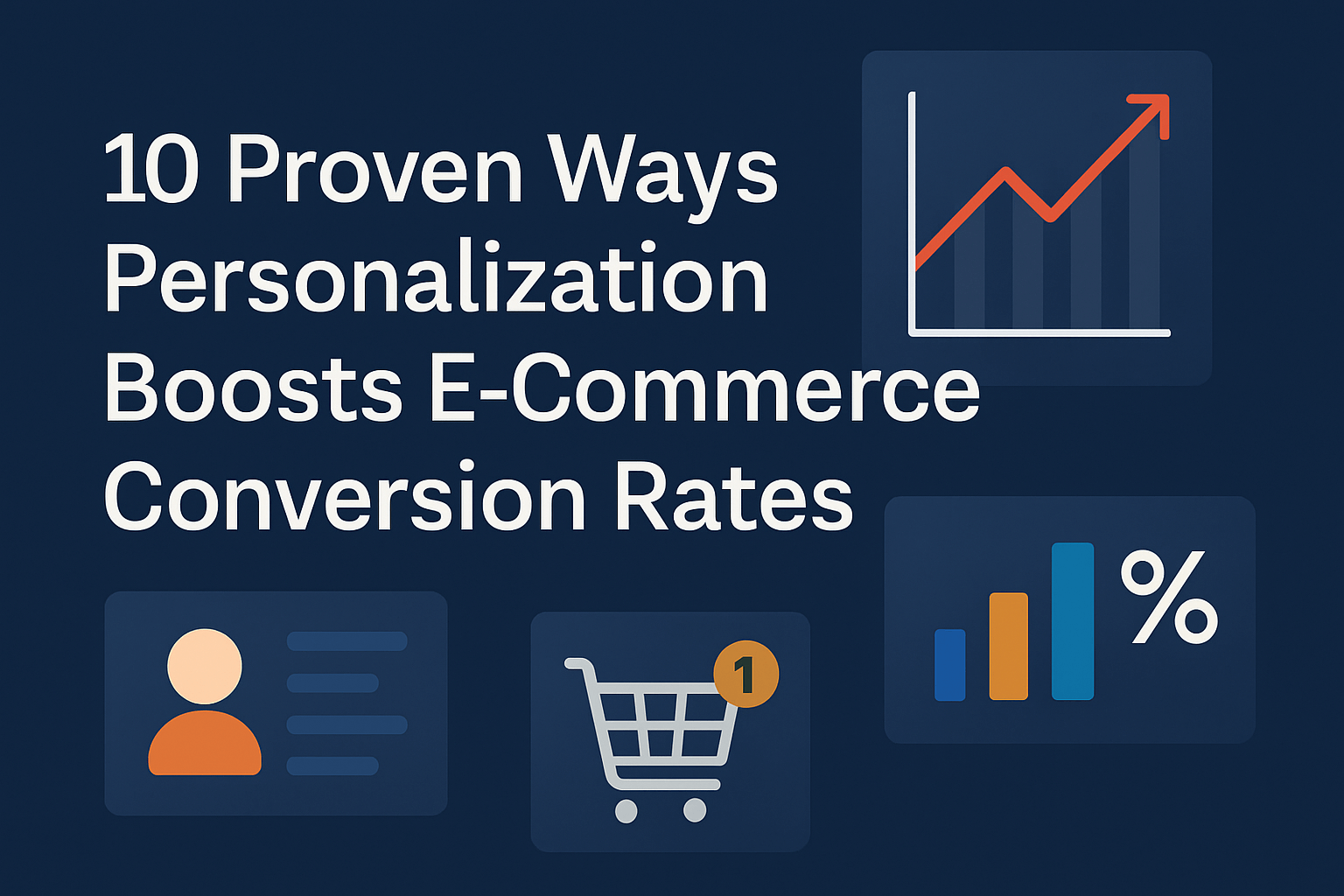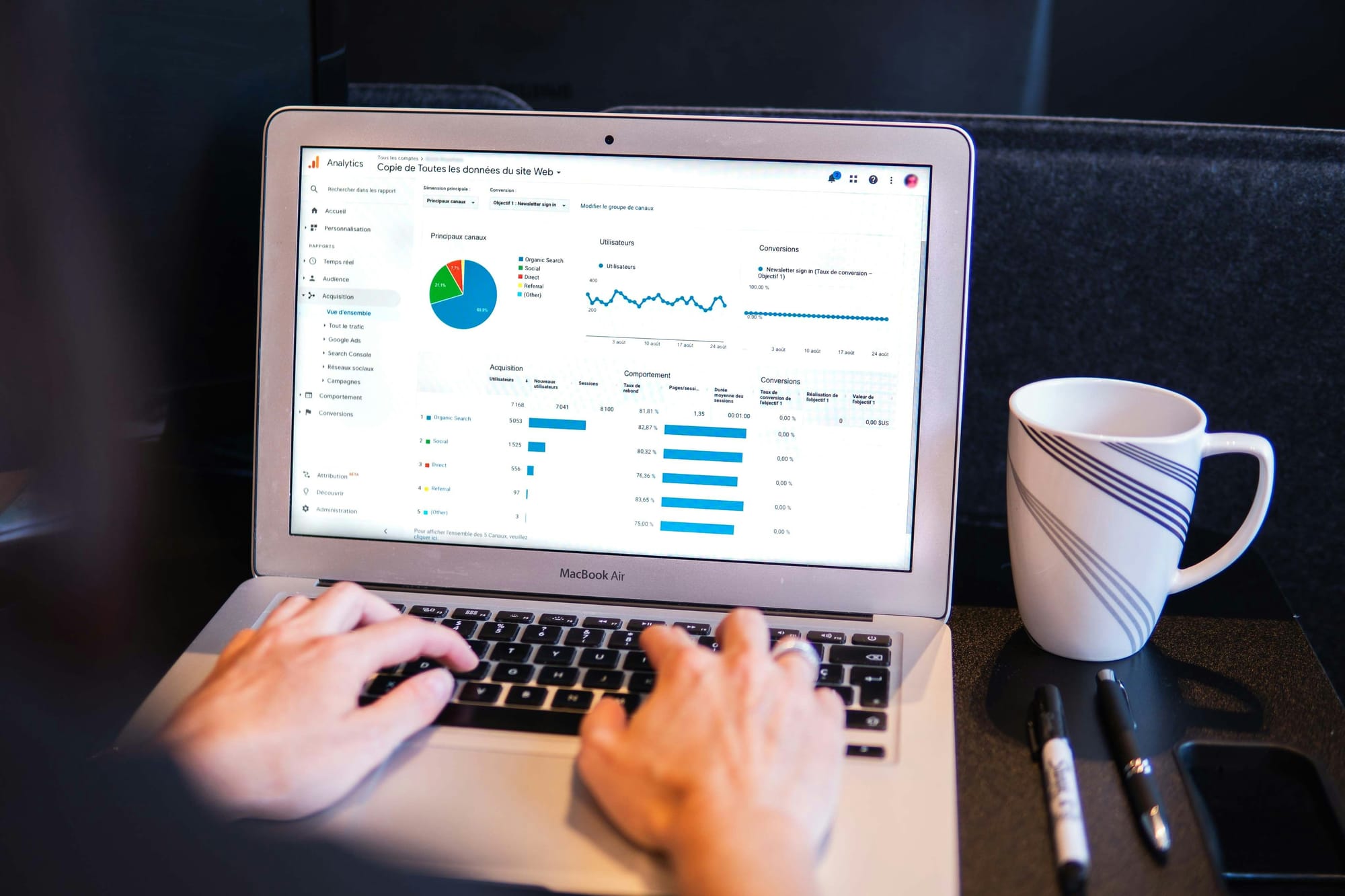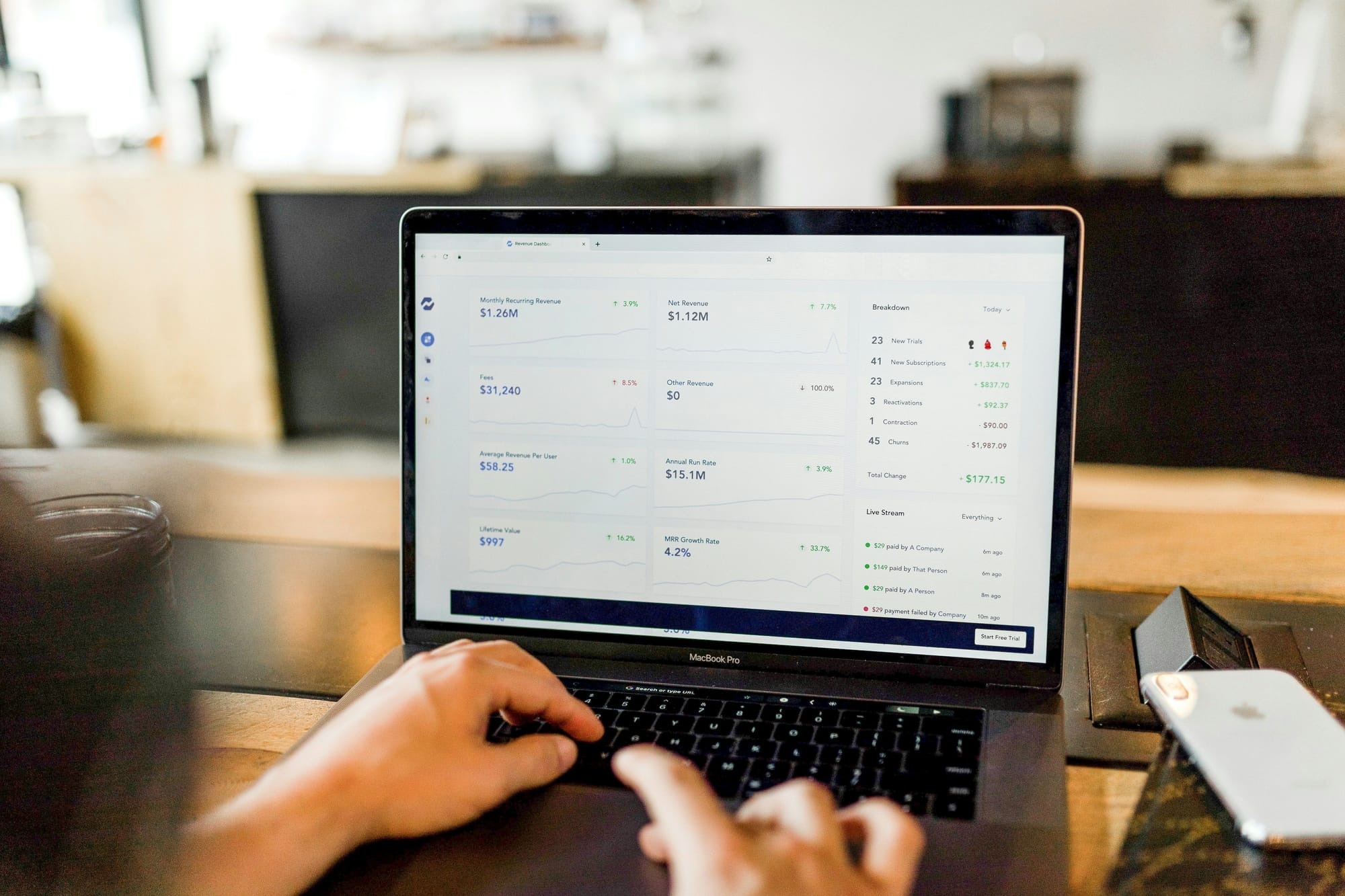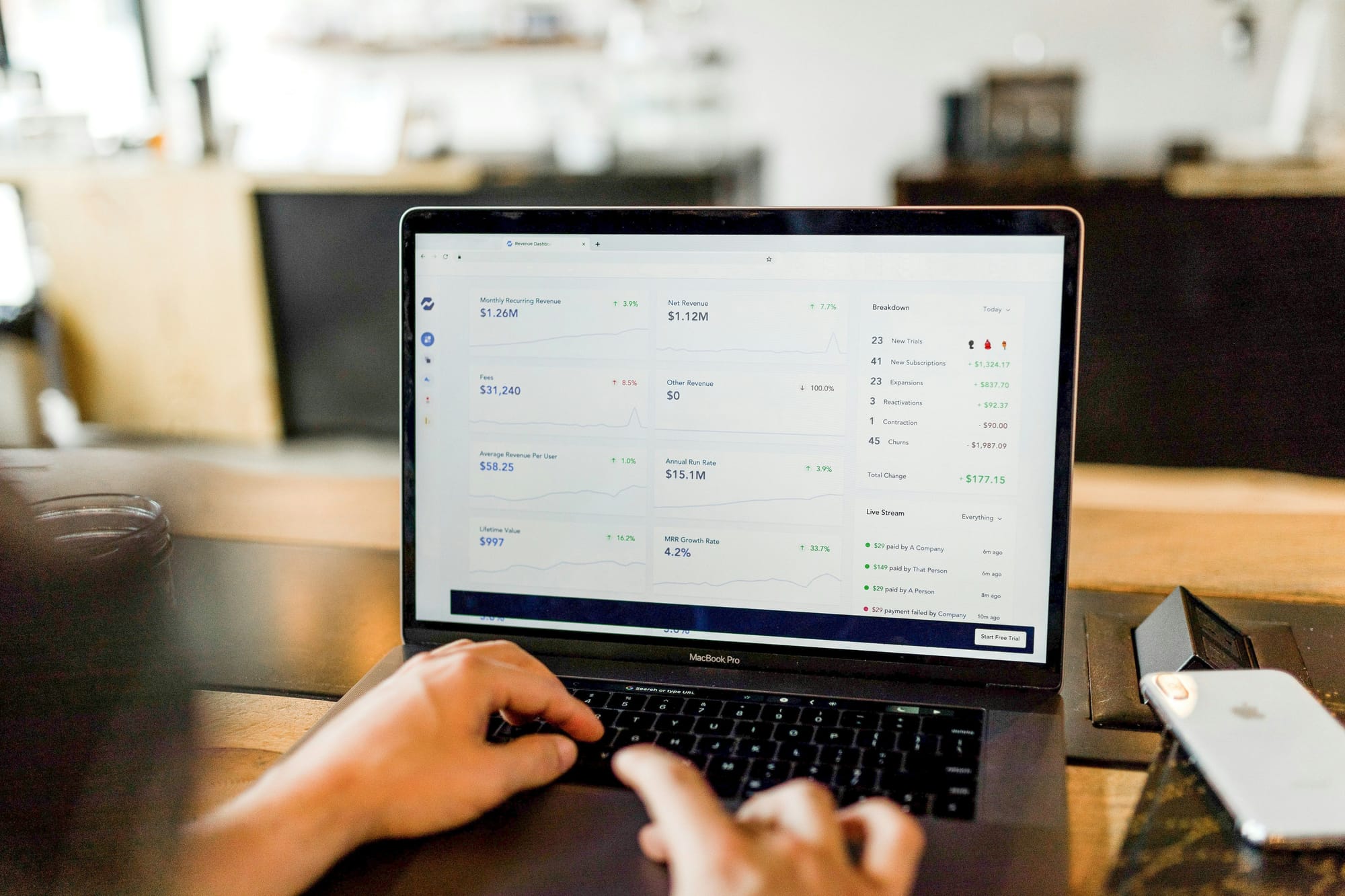Ecommerce conversion best practices – how to optimize your online store for higher sales
In the world of ecommerce, driving traffic to your website is just the first step. The real challenge lies in converting those visitors into paying customers. This is where ecommerce conversion optimization (CRO) comes into play. CRO focuses on improving various elements of your online store to enhance the user experience and increase the likelihood of conversions. Whether you're running a small online shop or a large ecommerce platform, understanding and implementing ecommerce conversion best practices is essential for maximizing revenue and staying competitive.
In this article, we’ll explore the best strategies for ecommerce conversion rate optimization and provide actionable tips on how to increase conversion rate in ecommerce.
What is ecommerce Conversion Rate Optimization (CRO)?
CRO ecommerce refers to the process of enhancing your website’s user experience and functionality to encourage more visitors to take desired actions, such as making a purchase, signing up for a newsletter, or adding products to their cart. A higher conversion rate means you’re getting more value from the traffic you already have, which is crucial in a competitive market.
Key ecommerce conversion best practices
To improve your ecommerce conversion rates, you need a strategic approach that addresses every aspect of your website, from design to content and user flow. Here are some ecommerce conversion best practices to help you optimize your site and boost sales.
1. Simplify the checkout process
One of the primary reasons for cart abandonment is a complicated or lengthy checkout process. To reduce friction, make sure your checkout is as streamlined as possible. Consider offering guest checkout options, minimizing the number of form fields, and providing multiple payment methods.
For example, you could implement a progress indicator to show customers how many steps are left in the checkout process. This reduces anxiety and makes the checkout feel faster. Also, ensure your checkout is mobile-friendly since a significant portion of ecommerce transactions happen on smartphones.
2. Optimize your product pages
Product pages are the heart of any ecommerce site. They need to provide all the information a customer needs to make a purchasing decision. For ecommerce conversion optimization, focus on these key areas:
- High-quality images and videos. Use clear, high-resolution images that allow customers to zoom in and view products from multiple angles. Including videos or 360-degree views can further enhance the user experience.
- Compelling product descriptions. Write concise, benefit-driven descriptions that highlight key features and use cases. Avoid using generic descriptions that don’t add value.
- Customer reviews and ratings. Displaying user-generated content like reviews and ratings can build trust and influence purchasing decisions. Highlight positive feedback, but also address negative reviews professionally to show transparency.
3. Leverage social proof
Social proof is a powerful psychological tool in ecommerce. When customers see that others have bought and enjoyed your products, they are more likely to convert. Integrate elements like customer testimonials, user reviews, and real-time purchase notifications to build credibility.
Showing the number of products sold, “Trending” tags, or “Best Seller” badges can also create a sense of urgency and encourage visitors to act quickly.
4. Implement clear and compelling Calls-to-Action (CTAs)
Your CTAs guide users towards conversion. Ensure that your CTAs are prominently displayed, easy to understand, and action-oriented. Use phrases that create urgency or convey value, such as “Buy Now,” “Get 20% Off Today,” or “Add to Cart.”
Experiment with different CTA button colors, sizes, and placements through A/B testing to determine what works best for your audience. The goal is to make it as easy and appealing as possible for visitors to take the next step.
5. Enhance site speed and mobile responsiveness
Site speed plays a critical role in ecommerce conversion rate optimization. A slow-loading site can frustrate users and lead to high bounce rates. Tools like Google PageSpeed Insights can help you identify areas for improvement, such as compressing images, reducing server response times, and eliminating unnecessary scripts.
Equally important is mobile responsiveness. With more than half of all web traffic coming from mobile devices, your site must look and function well on smaller screens. A mobile-friendly design not only improves user experience but also positively impacts your SEO rankings.
6. Offer free shipping and easy returns
Free shipping is often a deciding factor for online shoppers. Displaying free shipping options early in the shopping process, such as on product pages or the homepage, can motivate visitors to complete their purchase.
Similarly, an easy and transparent return policy builds customer confidence. Clearly state your return terms and conditions and avoid hidden fees that could discourage buyers. The easier you make it for customers to shop risk-free, the higher your conversion rates will be.
7. Utilize exit-intent popups
Exit-intent popups are triggered when a visitor is about to leave your site. These popups can be used to offer last-minute discounts, capture email addresses, or remind customers of items left in their cart. While popups can sometimes feel intrusive, when used strategically, they can be a powerful tool for CRO ecommerce.
Make sure your popups are relevant and provide value rather than being purely promotional. A well-timed exit-intent popup can capture leads or salvage abandoned carts, increasing overall conversions.
8. Test and analyze regularly
Continuous testing and analysis are at the heart of ecommerce conversion rate optimization. Use A/B testing to experiment with different headlines, images, CTAs, and page layouts. Pay attention to metrics like bounce rate, time on site, and conversion rate to identify what’s working and what needs improvement.
Regularly review analytics data to spot trends, understand customer behavior, and make informed decisions about future optimizations.
Happy selling!
Optimizing your ecommerce store for conversions is an ongoing process that requires careful attention to detail and a willingness to test and adapt. By implementing these ecommerce conversion best practices, you can create a more engaging, user-friendly experience that not only attracts visitors but also converts them into loyal customers.
Remember, ecommerce conversion optimization is not a one-size-fits-all approach. Continuously refine your strategy based on data, customer feedback, and changing market dynamics to keep your conversion rates climbing. By focusing on CRO, you’ll not only increase sales but also enhance customer satisfaction, leading to long-term success for your ecommerce business.
Start your free trial of ConversionWax today
-

10 Proven Ways Personalization Boosts E-Commerce Conversion Rates
-

How to increase your website sales
-

Mastering ecommerce product page optimization
-

Ecommerce content optimization - strategies to drive conversions
-

Product page SEO best practices
-

Create a winning ecommerce strategy
-

Ecommerce optimization - strategies to boost your online store's performance
-

Ecommerce best practices - how to enhance performance, attract customers, and grow sales
-

How to increase online sales - proven strategies to boost your business
-

How to market a product online - proven strategies for success

